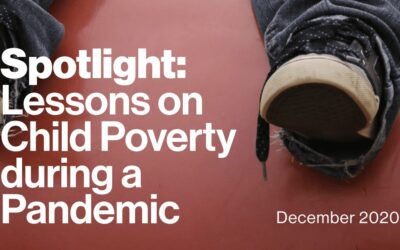World Immunization Week: Achieving Immunization for All

Written by Ugoeze Uchegbu-Okoroh, ESPC Volunteer.
From the invention of the smallpox vaccine in 1796 to more recent COVID-19 vaccine rollouts in 2020, vaccines have been dubbed the greatest Public Health achievement in modern history (World Health Organization [WHO]). Each year, vaccines are responsible for reduced global mortalities from vaccine-preventable diseases. When administered, they provide immunity to those who receive them, as well as herd immunity to the unvaccinated. Some vaccines provide immunity for a period of time and require booster doses, while others provide lifetime immunity.
Children in Canada are vaccinated against diphtheria, pertussis (whooping cough), tetanus, poliomyelitis, Haemophilus influenzae type B (Hib), measles, mumps, rubella, varicella (chickenpox), meningococcal and pneumococcal infections, hepatitis B, influenza, and rotavirus. Adults are equally not excluded from vaccination. For instance, adults over the age of 18 who have weakened immune systems or are age 50 and older should get the Shingrix vaccine to protect against shingles.
Despite the strides and years of progress in the elimination of preventable diseases, “Vaccine hesitancy” remains one of the greatest threats to global health, as identified in 2019 by the World Health Organization. This has been linked to the recent measles outbreaks witnessed in certain parts of Canada. Although Canada has a high rate of vaccination coverage, we are yet to attain the National vaccination coverage goals. This is largely due to the lower vaccination rates seen among Black, Indigenous and People of Color (BIPOC) in our communities, as well as other vulnerable populations. Experts have estimated that to establish immunity over highly infectious diseases, such as measles, a vaccination rate of 95% is required (Pfizer).
The outbreak of Coronavirus in 2019 cast the spotlight on vaccination discussions. In December 2020, Canada began to administer the COVID-19 vaccines in different provinces. It is estimated that 77.63% of Alberta’s population is fully vaccinated, with Central Alberta recording the lowest rate of fully vaccinated individuals at 60.48% (COVID-19 Tracker Canada). It was reported that beyond vaccine hesitancy, the lack or limited access to comprehensive healthcare facilities in rural communities contributed to this rate (CBC News, 2021). The barriers to achieving equitable immunization success especially in rural communities have their roots in systemic and structural inequities. It is estimated that rural communities make up about 22% of Alberta’s population. These barriers include access to vaccines, transportation, infrastructural defects, limited or lack of technology, distrust in the medical system and vaccine misinformation.
In a paper about rural immunization programs in Canada, it was stated that “Vaccination rates may be lower for certain sub-populations, such as immigrants and First Nations, Inuit and Metis peoples. Clinical guidelines for physicians treating immigrants in Canada state that 30%-50% of new immigrants are susceptible to tetanus; 32%-54% of new immigrants are susceptible to either measles, mumps or rubella; and immigrants from tropical countries are 5-10 times more susceptible to varicella” (National Collaborating Centre for Infectious Diseases).
Vaccines prevent diseases and save lives. As we celebrate the World Immunization week from 24-30 April to encourage vaccine adoption to fight diseases, it is important to employ the use of the right strategies in ensuring higher levels of vaccination compliance across all ages and demographics. This also serves as a reminder to individuals to get vaccinated and update such records as needed. Prevention is better than cure.
References
1. World Health Organization (WHO). A Brief History of Vaccines. Retrieved April 25, 2024, from https://www.who.int/news-room/spotlight/history-of-vaccination/a-brief-history-of-vaccination
2. Pfizer. Fast Facts on Immunization. Retrieved April 25, 2024, from https://www.pfizer.ca/en/science/therapeutic-areas/vaccines/vaccines-canada
3. COVID-19 Tracker Canada. Alberta Vaccination Data. Retrieved April 25, 2024, from https://covid19tracker.ca/provincevac.html?p=AB
4. CBC News. Why are COVID-19 vaccine rates lower in some parts of rural Albert? Paige Parson, May 20, 2021. https://www.cbc.ca/news/canada/edmonton/why-are-vaccine-rates-lower-in-some-parts-of-rural-alberta-1.6033387#:~:text=Lower%20uptake%20of%20COVID%2D19,just%20vaccine%20hesitancy%2C%20experts%20say
5. National Collaborating Centre for Infectious Diseases. Jasmine Frost and Suzie Taylor, Project # 567. Retrieved April 25, 2024, from https://nccid.ca/wp-content/uploads/sites/2/2021/03/Rural-and-Remote-PP_4.pdf



